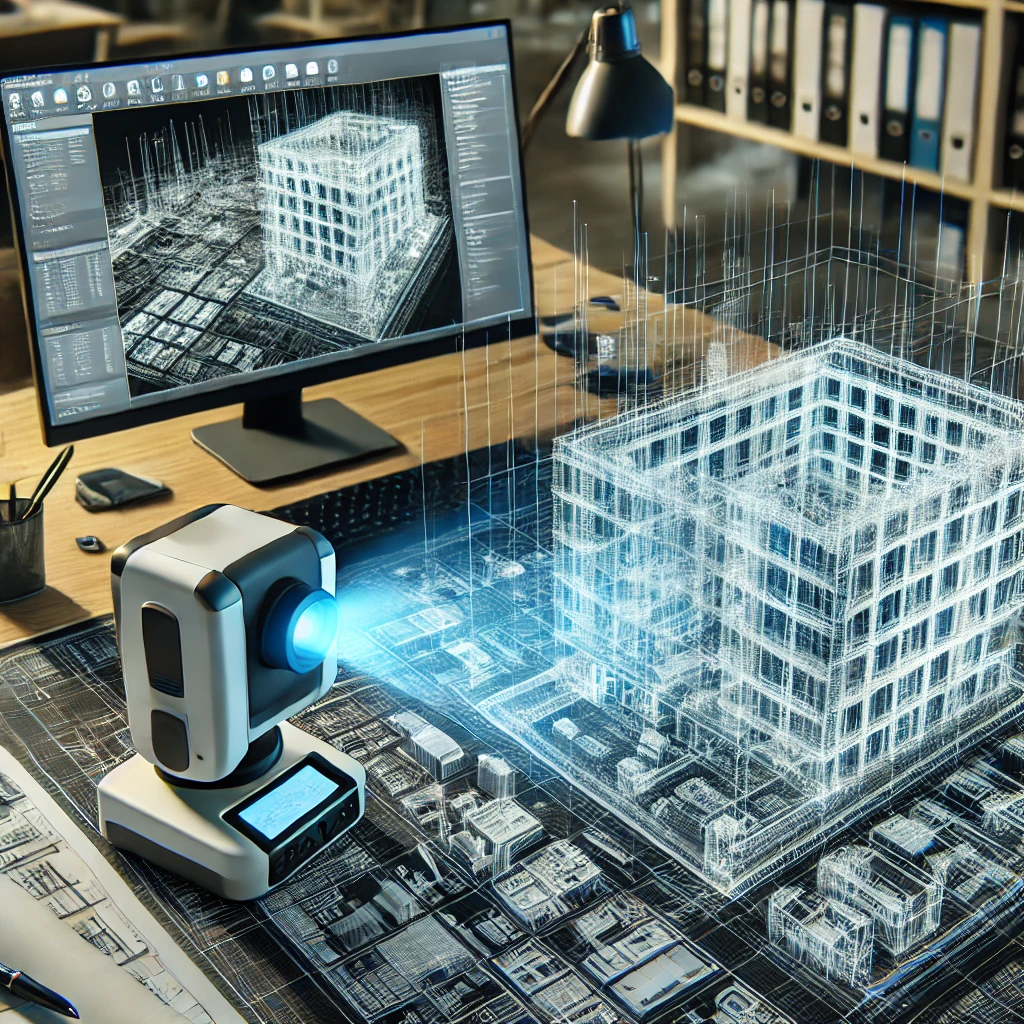
Introduction
The Architecture, Engineering, and Construction (AEC) industry is undergoing a digital transformation, and Scan to BIM services are at the forefront of this evolution. By converting 3D laser scan data into Building Information Modeling (BIM), these services enhance efficiency, accuracy, and collaboration. Whether for renovation projects, facility management, or new constructions, Scan to BIM technology eliminates guesswork and reduces errors, leading to cost savings and improved project timelines.
In this article, we’ll explore:
- What Scan to BIM is and how it works
- Key benefits for AEC professionals
- Industries leveraging this technology
- The future of Scan to BIM services
What is Scan to BIM?
Scan to BIM (S2B) is a process that involves capturing physical structures using 3D laser scanning and converting the data into accurate BIM models. These models serve as digital twins, enabling precise planning, analysis, and execution in construction and renovation projects.
How Does Scan to BIM Work?
- 3D Laser Scanning – High-resolution laser scanners capture spatial data from an existing structure.
- Point Cloud Generation – Millions of data points are collected and form a point cloud representing the scanned environment.
- BIM Model Creation – Using software like Revit, AutoCAD, or Navisworks, the point cloud data is converted into a BIM model.
- Data Integration – The BIM model is refined and integrated with project workflows for architecture, structural engineering, or MEP (Mechanical, Electrical, and Plumbing) applications.
Key Benefits of Scan to BIM Services
1. Enhanced Accuracy and Detail
Traditional methods rely on manual measurements, leading to errors. With Scan to BIM, precision is at a millimeter level, reducing rework and costly mistakes.
2. Improved Project Efficiency
By digitizing existing structures, project teams can reduce site visits, expedite approvals, and streamline workflows, ultimately cutting project timelines.
3. Cost Reduction
By minimizing material waste, avoiding design conflicts, and preventing rework, Scan to BIM significantly reduces costs for both renovations and new construction.
4. Better Facility Management
Facility managers benefit from accurate, up-to-date digital records of buildings, making maintenance and renovations easier to plan and execute.
Industries Using Scan to BIM
1. Architecture and Construction
Scan to BIM helps architects visualize as-built conditions, ensuring design accuracy before executing construction projects.
2. Heritage Conservation
Preserving historical buildings requires meticulous documentation. 3D laser scanning captures intricate details, helping restoration experts maintain original designs.
3. MEP Engineering
Mechanical, Electrical, and Plumbing (MEP) engineers utilize Scan to BIM to plan layouts and identify potential clashes in existing infrastructure.
4. Facility Management
Facility managers leverage Scan to BIM for maintenance, space planning, and asset management, reducing downtime and operational inefficiencies.
Future of Scan to BIM Services
With advancements in AI, automation, and cloud-based BIM collaboration, Scan to BIM will become more sophisticated and widely adopted. Real-time updates and enhanced data interoperability will drive smarter decision-making in the AEC industry.
Conclusion
Scan to BIM services are revolutionizing how the AEC industry approaches building documentation, design accuracy, and project efficiency. By leveraging 3D laser scanning and BIM technology, professionals can minimize risks, reduce costs, and improve decision-making in construction and facility management.
Learn about The Benefits of Cloud-Based Construction Project Management